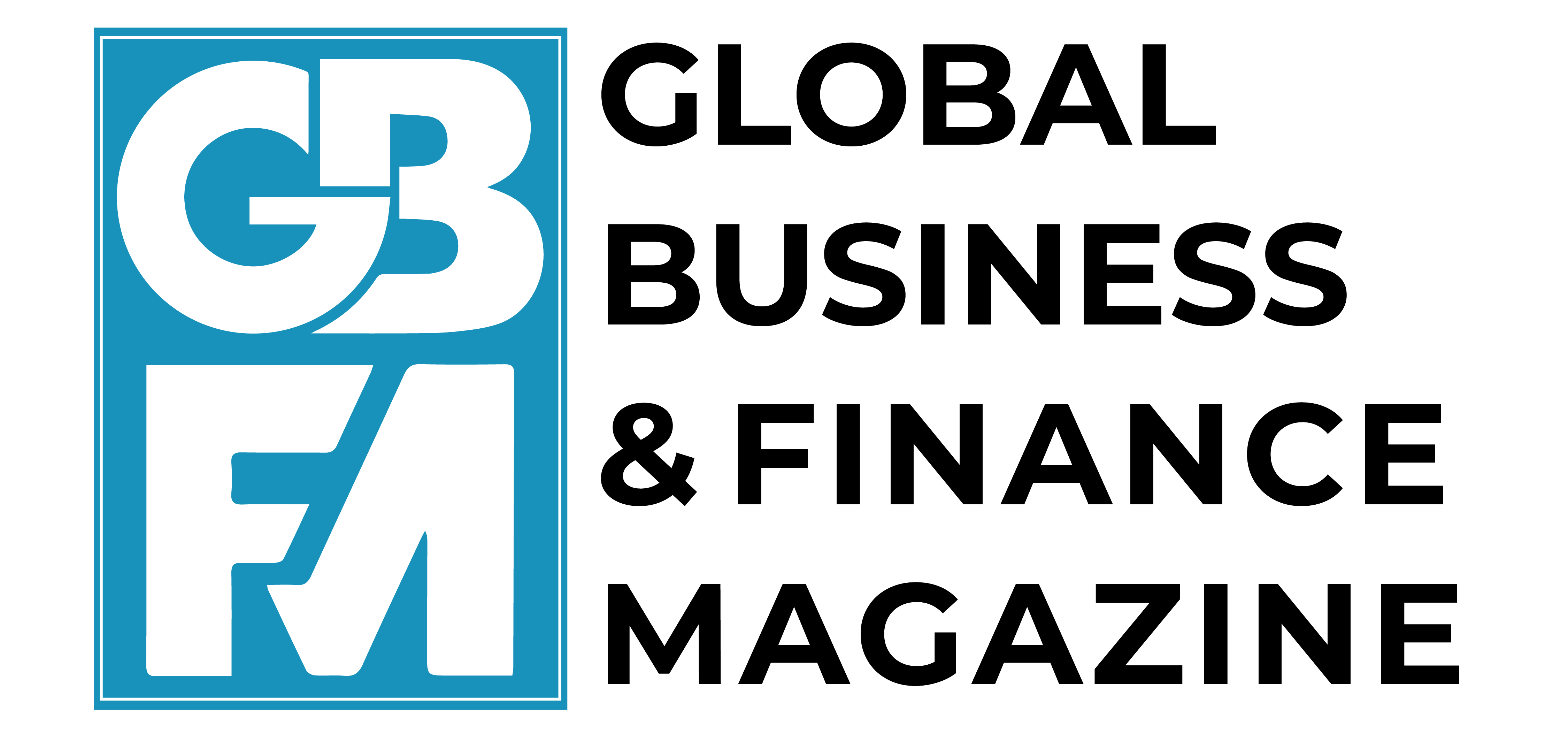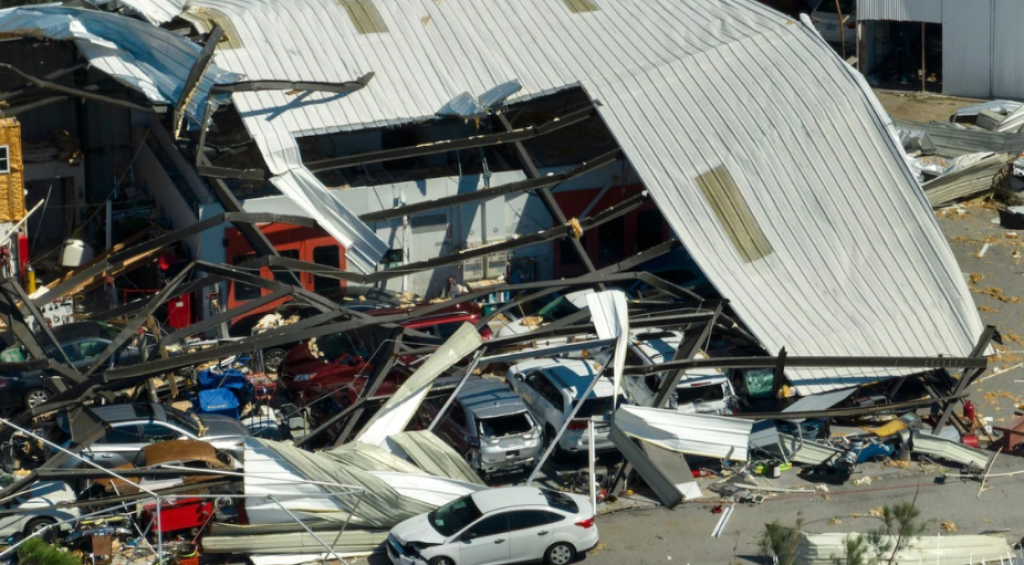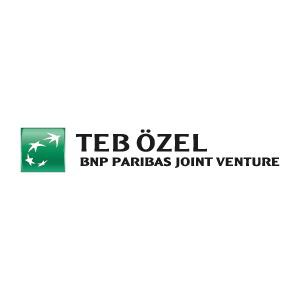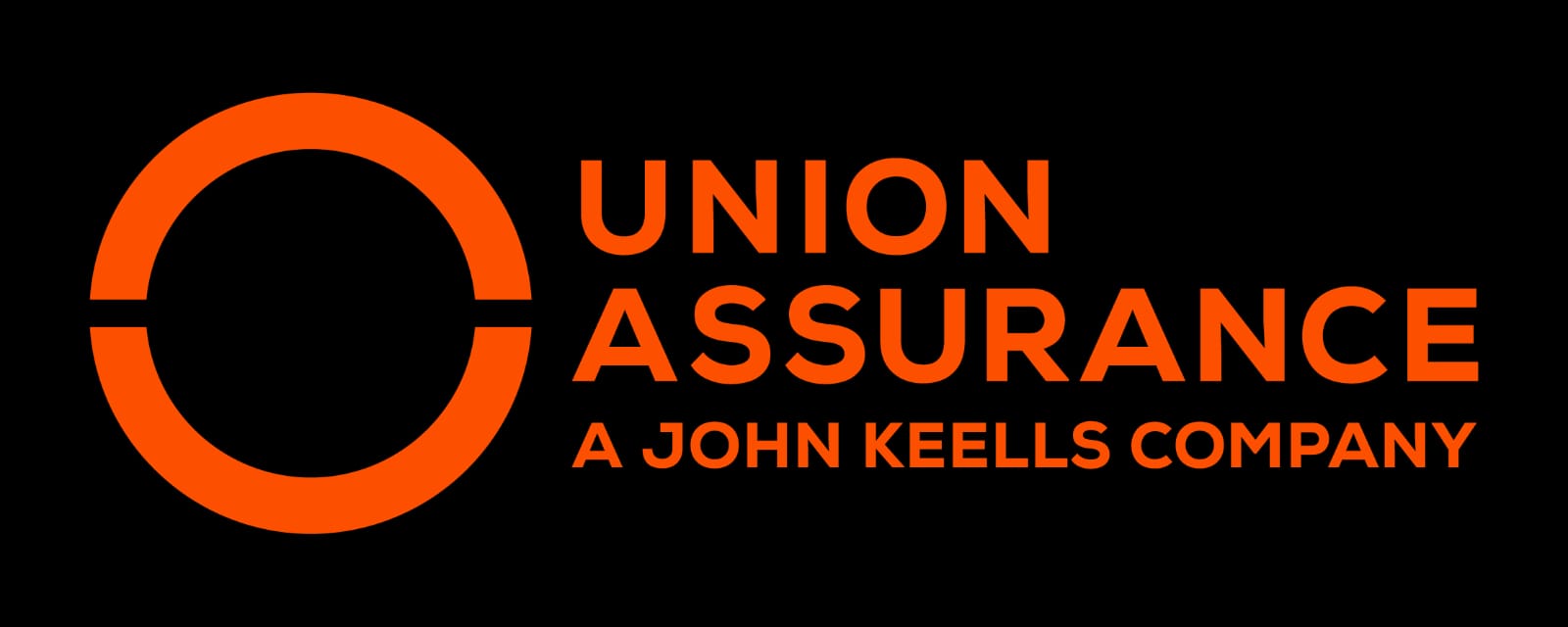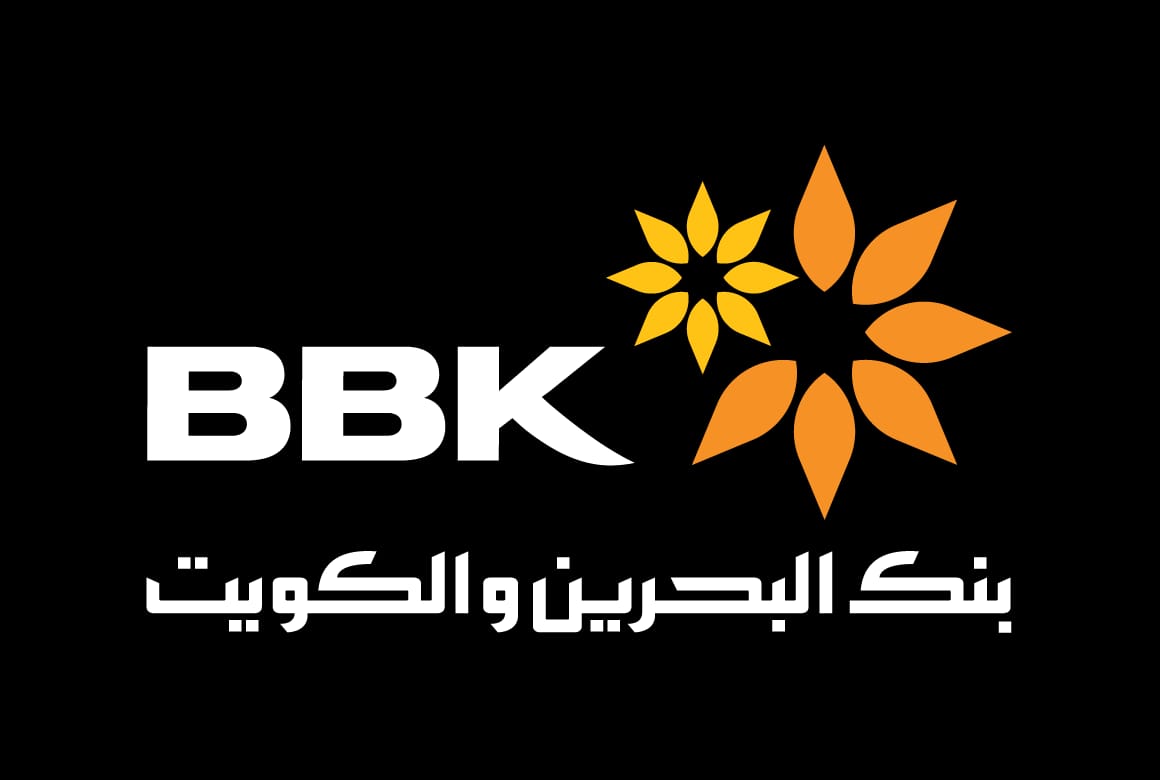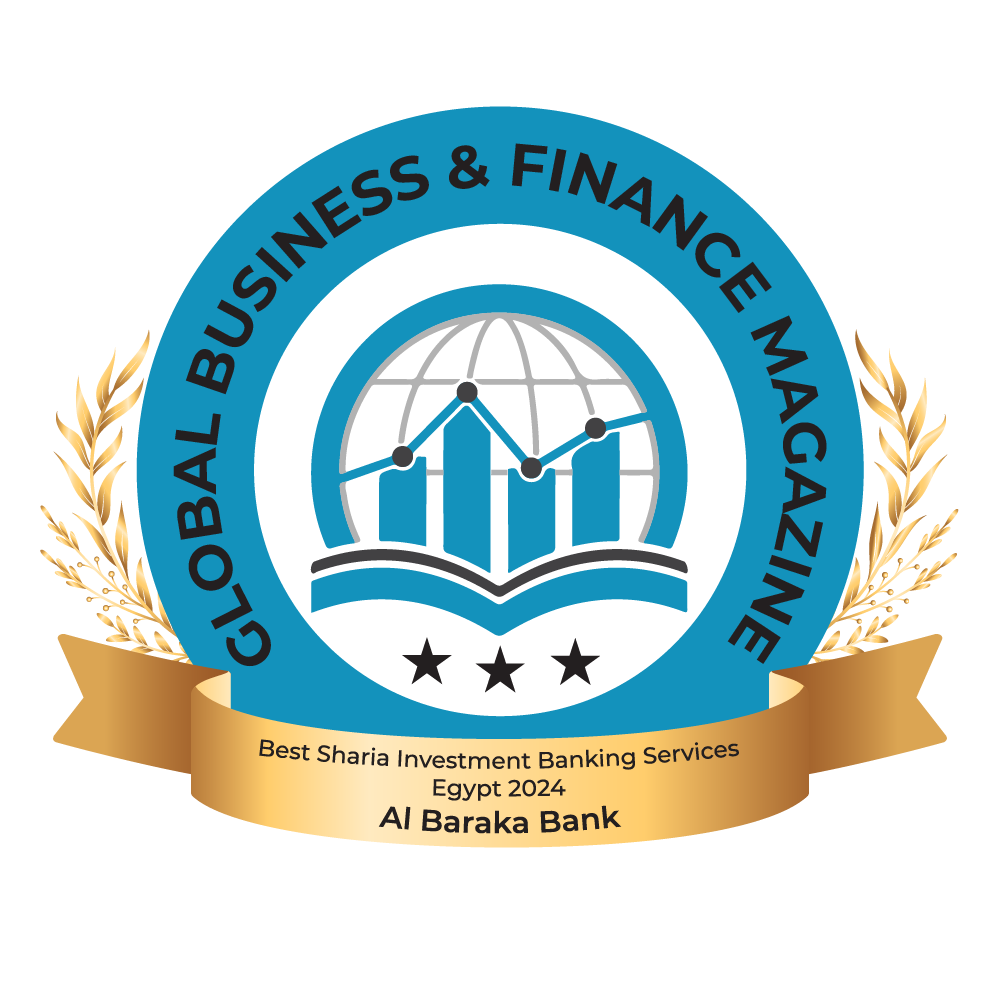Natural disasters not only cause damage to public infrastructure and personal property but also impact businesses by destroying warehouses, facilities, manufacturing equipment, and factories. However, evidence regarding how climate risks affect firms’ fixed asset management is lacking. This column uses unique firm-level data on extreme weather losses in 40 countries to show that firms are more likely to acquire fixed assets following such events, and tend to do so by leasing rather than purchasing. The authors recommend government actions to support firms following these shocks.
Natural disasters inflict extensive damages on infrastructure and assets, crucially hampering firms’ operational and production capacities (Correa et al. 2023). The prevailing scarcity in empirical data reveals a tendency among disaster-stricken firms to curtail capital expenditures due to the abrupt financial downturns these events induce (Huang et al. 2018, Javadi et al. 2020, Brown et al. 2021). However, according to the competitive advantage theory, firms need to diligently maintain and upgrade their assets to stay competitive. Past crises have demonstrated that some firms may discard underperforming assets or seize the opportunity to invest, contingent on their financial health. In the specific context of extreme weather, the necessity for firms to recover by reinstating or even upgrading their assets is paramount for continued business viability and competitiveness, with the type of asset restored often not being prioritised due to the overarching need to remain competitive.
In our study (Duong and Huynh 2023), we draw extensively on data from nearly 28,000 enterprises in 41 countries from the economic surveys from the European Bank for Reconstruction and Development (EBRD), highlighting firm-level decisions and impacts relating to the green economy. The data encompass a wide range of sectors, including fixed assets, finance, employment, trade, and climate-related impacts. Additional data from World Bank Indicators are used for currency normalisation and robustness tests, involving forest coverage metrics. The comprehensive dataset, however, excludes the West Bank and Gaza due to unavailable financial data, resulting in a robust sample of 26,898 enterprises across 40 countries.
Figure 1 illustrates the number of firms surveyed and the percentage experiencing weather-related losses, categorised by country. Notably, Greece, Malta, and Moldova have the highest proportions of firms adversely affected by extreme weather conditions. Concurrently, Figure 2 highlights the disparity in weather-related losses across different sectors. Among the 24 industries examined, manufacturing, hospitality (hotels), and wholesale trade bear the brunt of the impact, suffering the most significant losses. In aggregate, 8% of the total firms surveyed report losses attributable to extreme weather events, providing a basis for comparing firms affected by these losses to those that remained unscathed.
Figure 1 Number of firms and proportion of weather-related losses by country


Figure 2 Number of firms and proportion of weather-related losses by country


Firms invest in fixed assets following incidents of weather-related damage
We establish an identification strategy to detect a causal relationship, using the ratio of forest coverage to population density as an instrumental variable. Our findings indicate that the marginal effect of weather-related loss on tangible assets is 0.1087. This implies that firms affected by adverse weather conditions are 10.87% more likely to acquire fixed assets following such events. In comparison to firms that are not affected by weather, those that are affected tend to purchase machinery and equipment at a rate 2.24% higher, equivalent to approximately $51,000. Similarly, the average increase in land and building purchases is economically significant, rising by 23.79% or an estimated $128,000.
Figure 3 Sources of finance sought by disaster-affected firms for newly acquired fixed assets


Notes: The numbers provided represent estimated coefficients used to differentiate between firms that experience extreme weather losses and those that do not.
On average, companies that face losses from extreme weather events tend to make notable changes to their financial strategies. Specifically, they are 35.77% more likely to turn to owners or equity for funding. Additionally, there is a 13.84% increase in their likelihood of borrowing from banks, a 40.98% rise in seeking funds from suppliers or customers, and a 47.05% increase in obtaining government grants. However, on the flip side, these companies typically pull back from certain funding sources. They tend to decrease their reliance on internal funds by 6.63% and are 49.52% less inclined to gather funds from friends or other informal channels.
Additionally, these firms often resort to lease financing in response to economic challenges
In addition to the instrumental variable used earlier, we employ a variety of strategies to assert causal relationships, including propensity score matching. This approach helps mitigate selection bias between two groups in our sample. This implies that losses due to extreme events may not solely arise from random selection; firm characteristics could also play a significant role. Consequently, we use this method to pair samples of firms: those that have suffered losses and those that have not. Our findings indicate that firms affected by disasters exhibit a higher tendency to lease fixed assets, evidenced by a positive and significant coefficient related to weather-induced losses.
We contend that firms impacted by disasters do not invariably opt to either purchase or lease fixed assets, as suggested by Johnson and Lewellen (1972) and Ofer (1976). Rather, they have the flexibility to make financing decisions that encompass both purchasing and leasing options. We narrow our analysis to two subsamples: (1) disaster-impacted firms that secured financial funds (excluding leasing) and acquired fixed assets; and (2) disaster-affected firms unable to secure non-leasing finance and not purchasing any fixed assets. Our findings show the former firms still opt for leasing despite accessing other financial resources. We observe that the latter firms lease fixed assets, possibly due to limited access to alternative financing.
Figure 4 depicts the reasons why firms impacted by weather events lean towards leasing. Primarily, these firms lack the capital required to buy fixed assets outright, prompting them to lease as a more feasible option. This aligns with the financial challenges such firms face. It is noteworthy that firms with weather-related losses encounter intricate bank loan application processes, have to meet steep collateral demands, and often face higher chances of loan rejection.
Figure 4 Why do weather-affected firms choose to lease fixed assets?


Notes: The numbers provided represent estimated coefficients used to differentiate between firms that experience extreme weather losses and those that do not.
The role of government and policymakers to support firms
Further to their crucial role in supporting economic agents after climate change shocks, government and policymakers must also prioritise the development of comprehensive disaster risk reduction strategies, ensuring that firms are better prepared for future weather-related incidents. This could include investing in infrastructure resilience, providing training programmes for disaster risk management, and facilitating access to relevant information and resources. By fostering a culture of preparedness and resilience, policymakers can help mitigate the adverse impacts of extreme weather events on the business community (Catalano et al. 2020). In addition to financial support and risk reduction measures, there is a crucial need for clear and consistent communication channels between government bodies and the affected firms. Timely and accurate information dissemination can play a pivotal role in helping businesses make informed decisions in the aftermath of a disaster, potentially reducing the extent of their losses and aiding in a quicker recovery (Sterman 2008).
Additionally, engaging in partnerships with financial institutions and the private sector can amplify the effectiveness of government support. By collaborating with banks and leasing companies, policymakers can work to ensure that disaster-impacted firms have a variety of financing options available to them, tailored to their specific needs and circumstances (Wang 2023). Government and policymakers must also remain vigilant and adaptive, continuously evaluating and updating their support mechanisms in response to the evolving nature of climate change and its impact on weather patterns. This proactive approach ensures that support systems remain relevant and effective, providing firms with the necessary tools and resources to navigate the challenges posed by weather-related damages.
Lastly, there is a growing recognition of the importance of fostering sustainability and environmental stewardship within the business community. Policymakers can play a crucial role in this regard by incentivising sustainable practices and investments in green technologies. It can be considered as the transitional process after the climate change shocks (Comerford and Spiganti 2023). For disaster-affected firms, this could translate into support for acquiring energy-efficient or disaster-resilient assets, further contributing to their long-term stability and resilience. By adopting a holistic and forward-thinking approach, government and policymakers can create a robust support system, aiding disaster-impacted firms in their recovery journey and bolstering the overall resilience of the business community against future weather-related challenges.

